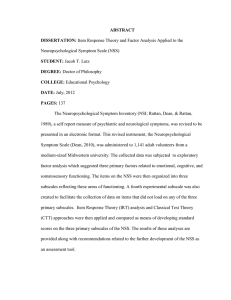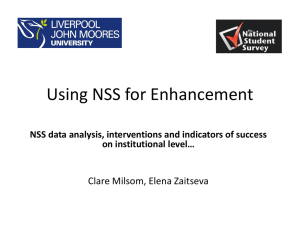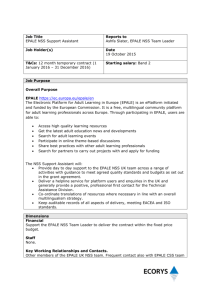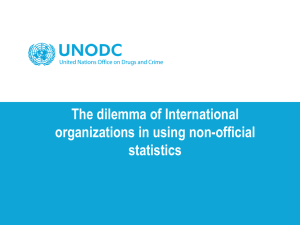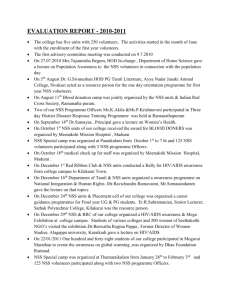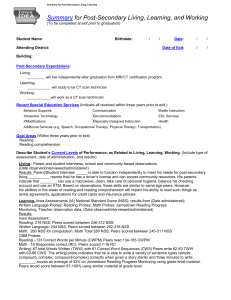Abstract example
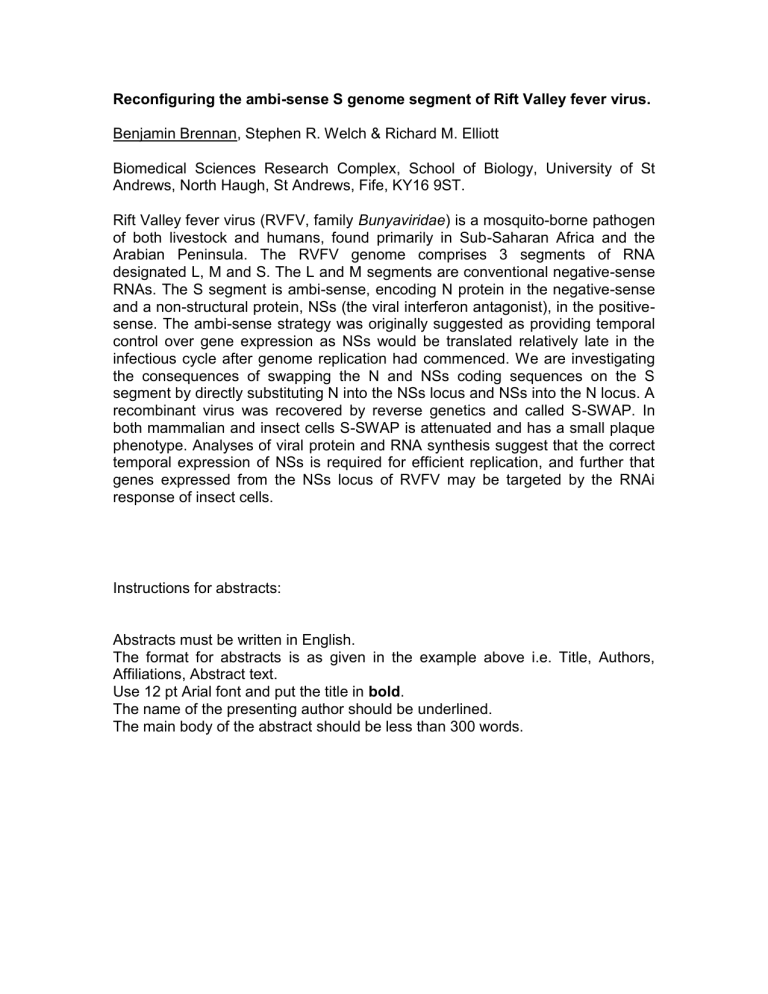
Reconfiguring the ambi-sense S genome segment of Rift Valley fever virus.
Benjamin Brennan, Stephen R. Welch & Richard M. Elliott
Biomedical Sciences Research Complex, School of Biology, University of St
Andrews, North Haugh, St Andrews, Fife, KY16 9ST.
Rift Valley fever virus (RVFV, family Bunyaviridae ) is a mosquito-borne pathogen of both livestock and humans, found primarily in Sub-Saharan Africa and the
Arabian Peninsula. The RVFV genome comprises 3 segments of RNA designated L, M and S. The L and M segments are conventional negative-sense
RNAs. The S segment is ambi-sense, encoding N protein in the negative-sense and a non-structural protein, NSs (the viral interferon antagonist), in the positivesense. The ambi-sense strategy was originally suggested as providing temporal control over gene expression as NSs would be translated relatively late in the infectious cycle after genome replication had commenced. We are investigating the consequences of swapping the N and NSs coding sequences on the S segment by directly substituting N into the NSs locus and NSs into the N locus. A recombinant virus was recovered by reverse genetics and called S-SWAP. In both mammalian and insect cells S-SWAP is attenuated and has a small plaque phenotype. Analyses of viral protein and RNA synthesis suggest that the correct temporal expression of NSs is required for efficient replication, and further that genes expressed from the NSs locus of RVFV may be targeted by the RNAi response of insect cells.
Instructions for abstracts:
Abstracts must be written in English.
The format for abstracts is as given in the example above i.e. Title, Authors,
Affiliations, Abstract text.
Use 12 pt Arial font and put the title in bold .
The name of the presenting author should be underlined.
The main body of the abstract should be less than 300 words.



